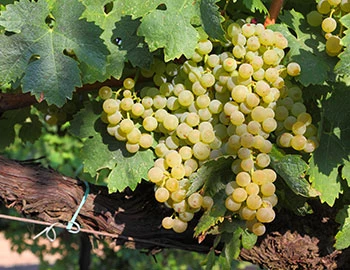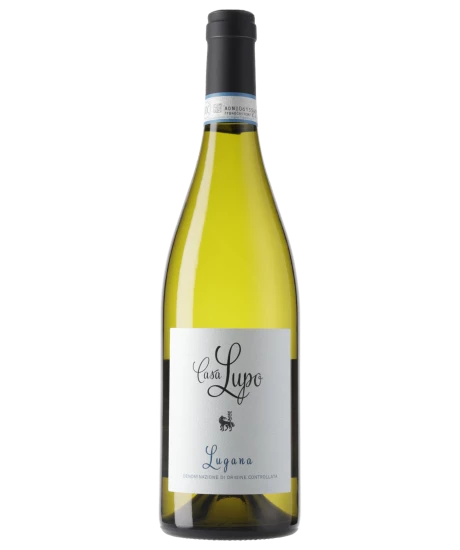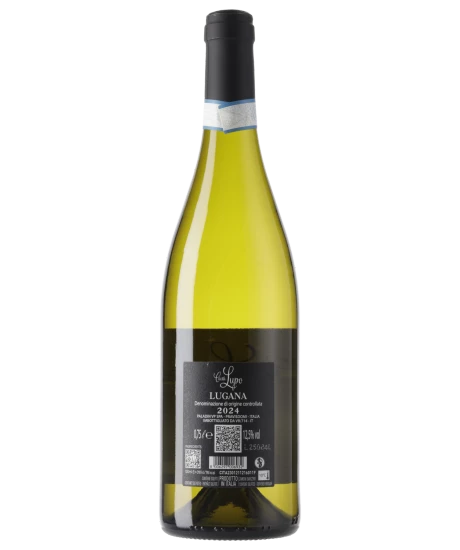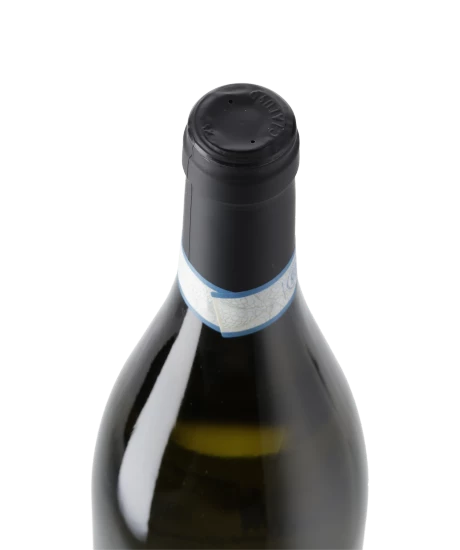Casa Lupo Lugana 2024
Casa Lupo Lugana 2024
DOC Lugana, Casa Lupo by Paladin, 750 ml

A white with lake view
- Seductive with fruit and richness, it pairs well with all our favourite dishes that evoke the holidays.
- Floral notes, peach, lime. Expressive on the palate: lively acidity, minty spice, passion fruit on the finish.
- Zu Fisch vom Grill oder aus dem Ofen. Auch zu Pasta mit frischen Kräutern und knackigem Gemüse.
Description
Close your eyes and dream of Lake Garda! Lugana is THE white wine of this romantic holiday region. No wonder: it seduces with fruit and fullness and goes well with all our favourite dishes that sound like a holiday. A bottle of this is rare enough. Brilliant with floral notes as well as peach and lime. Expressive on the palate with lively acidity, minty-cool herbal spice and a refreshing passion fruit finish. Perfect with grilled fish or in a salt crust. Also with spaghetti al pesto or pasta primavera.
Winery of the Year – Paladin, Veneto/Friuli, Italy
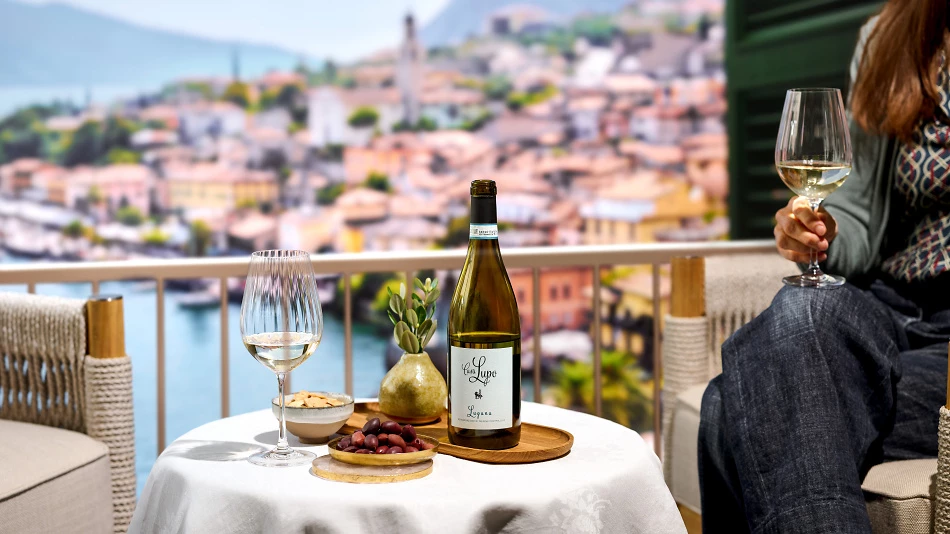
We look forward to providing you with many wonderful wine experiences and moments of pleasure with our Winery of the Year 2025/2026 Paladin!
Attributes
| Grape variety: | Trebbiano |
| Producer: | Casa Lupo by Paladin |
| Origin: | |
| Ripening potential: | 1 to 3 years |
| Drinking temperature: | 10 to 12 °C |
| Food Pairing: | Whole baked fish, Grilled fish, Vegetable flan, quiche, Hearty stew with pulses |
| Vinification: | soft pressing, fermentation in steel tank |
| Harvest: | hand-picking |
| Maturation: | in steel tank, bâtonnage, some months bottle storage before sale |
| Bottling: | filtration |
| Volume: | 12.5 % |
| Note: | Contains sulphites |
Casa Lupo by Paladin
Casa Lupo is the Paladin family’s Valpolicella “subsidiary” and consists of 25 hectares spread between the towns of Negrar and Illasi in the province of Verona.
Visitors to Veneto usually stay at Lake Garda or in “Romeo and Juliet’s” culturally rich city of Verona. But wine enthusiasts will be tempted by the Ripassi and Amaroni along the southern slopes of the central Alps leading down to Valpolicella.
Paladin’s vineyard team cultivates the vines here all year round and takes care of the harvest. Vinification and bottling is carried out by a local partner to ensure compliance with the legal regulations for DOC and DOCG.
The name “Casa Lupo” has its origins in the history of the region, where many years ago Valpolicella was almost completely covered with forests which were inhabited by several large packs of wolves. It was literally the home of the wolf, or “Casa Lupo” in Italian.
The white calcareous and argillaceous soils are used to cultivate the red grape varieties Corvina, Corvinone, Rondinella and Molinara. The Mediterranean climate produces elegant, sophisticated and very complex wines, which delight visitors with their excellent drinkability and pair perfectly with local cuisine.
Travel tips for culinary and nature lovers
Gastronomy:
Trattoria alla Ruota
Via Proale, 6, 37024 Negrar
www.trattoriaallaruota.it
Antica Bottega del Vino
Via Scudo di Francia, 3, 37121 Verona
www.bottegavini.it
One of the best cheese affineurs in Italy:
Family Bernardinelli
I sapori del portico
Via San Francesco 48, 37024 Arbizzano-Santa Maria
Nature:
The idyllic national park: Parco Naturale della Lessinia
In the small Dolomites: Hiking area in the Campobrun nature reserve
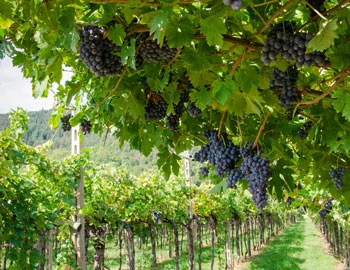
Trebbiano
Largest wine provider in the world
Whenever someone speaks of Trebbiano, it is important to first ask, "Which one?" It is as though the name was once given to every vine with whitish berries, large clusters, later maturity and strong growth. They are not necessarily related to each other. The most prominent representative is the Trebbiano Toscano. It shows high acidity and a fairly neutral aroma profile. Nevertheless, it produces more wine than any other grape in the world. Cognac is responsible for part of this: after the Trebbiano came to Avignon with the Popes in the 14th century, it trekked further via Languedoc into the cognac region of the Charente. There, it is called Ugni blanc. With its high acidity and subdued aromas, it is perfect for distillation. In Tuscany, it is pressed into Vin Santo. Before 2006, it was additionally a part of the Chianti recipe. Another branch of the family is the Trebbiano d'Abruzzo , which in central Italy ideally yields mineral wines with great aging potential.
